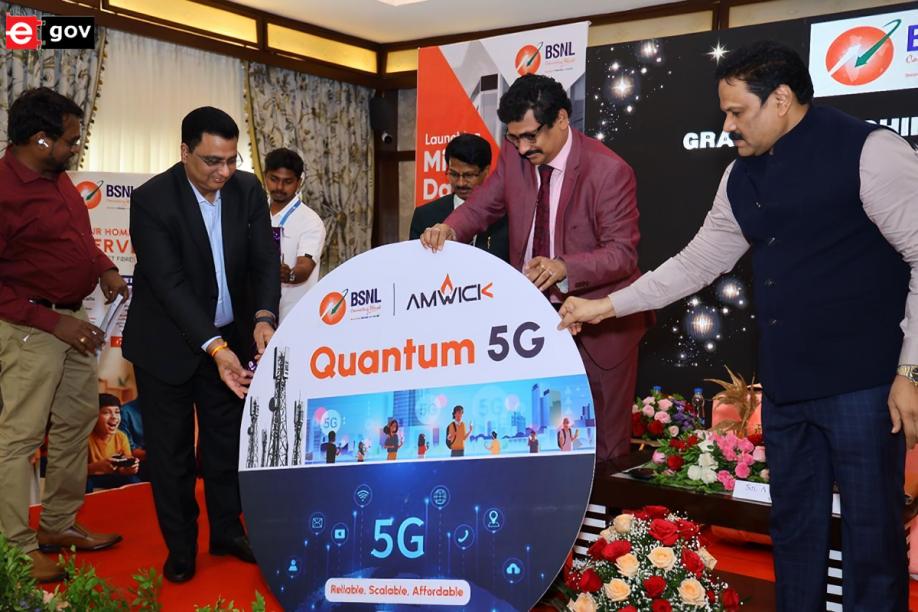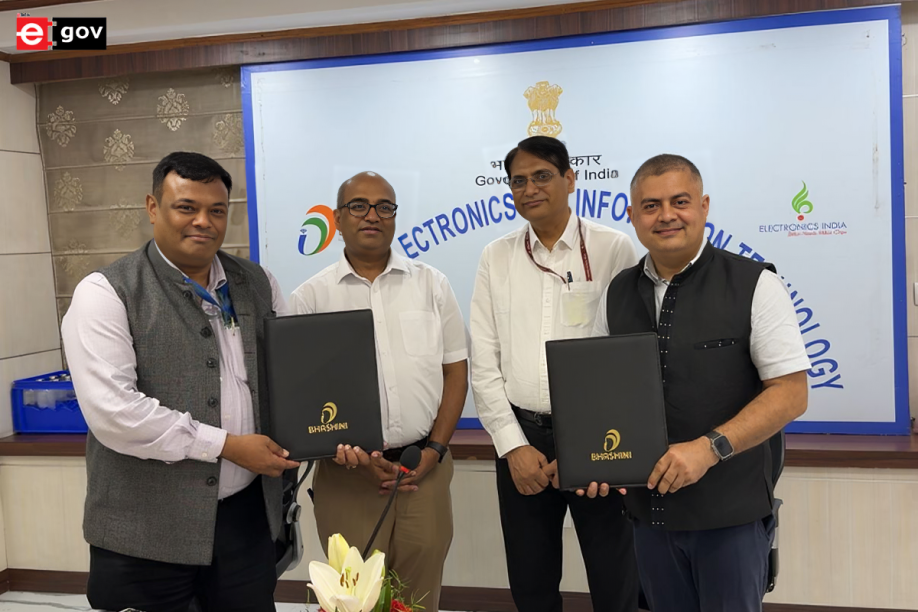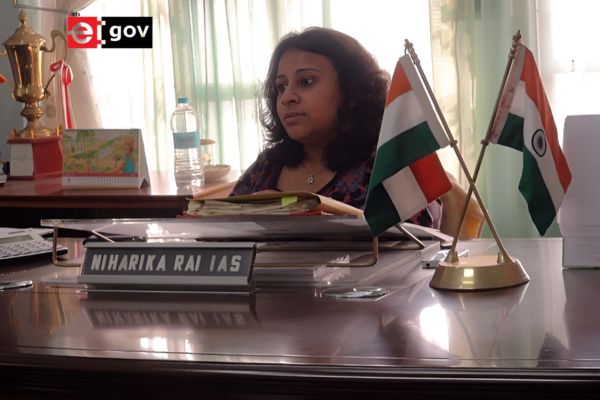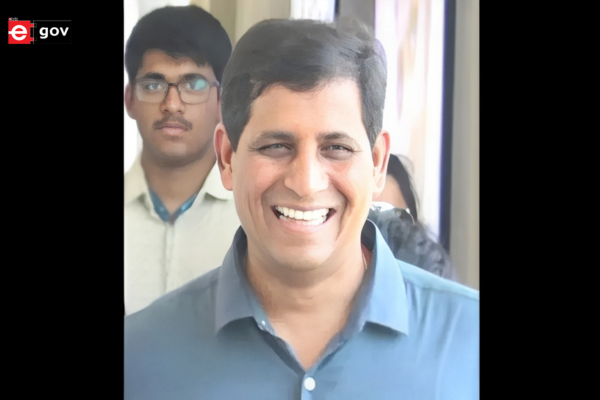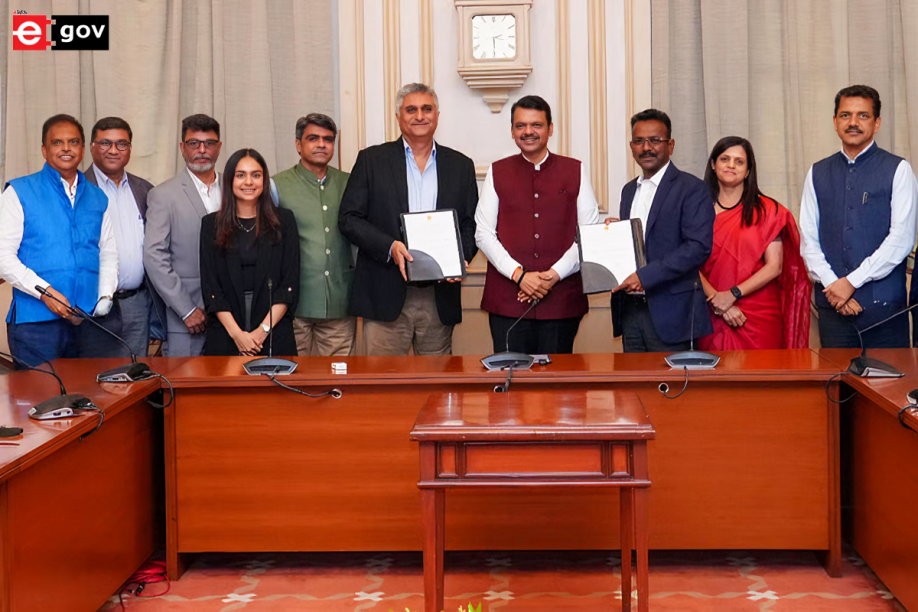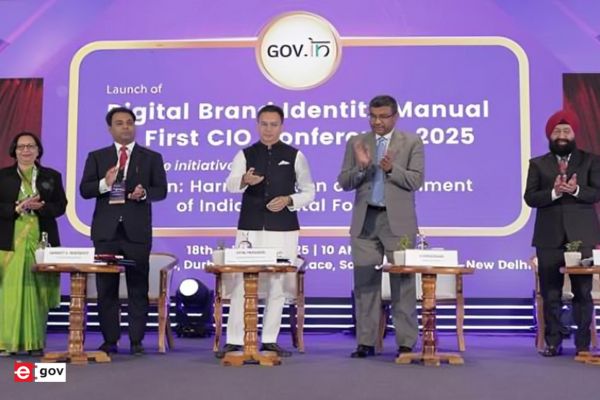
The Ministry of Electronics and Information Technology (MeitY) has introduced the Digital Brand Identity Manual (DBIM) as part of a larger initiative to harmonise the digital presence of the Government of India. The launch took place at the inaugural Chief Information Officer (CIO) Conference 2025, held in New Delhi. This initiative is a significant step toward creating a standardised, accessible, and citizen-centric digital ecosystem across all government platforms.
The event was led by Union Minister of State for Electronics and Information Technology and Commerce & Industry, Shri Jitin Prasada, along with MeitY Secretary, Shri S. Krishnan. Shri Prasada highlighted that DBIM is in line with the Prime Minister’s vision of “Reform, Perform, and Transform,” ensuring that digital governance becomes more efficient, transparent, and inclusive.

Enhancing Digital Uniformity Across Government Platforms

Shri Jitin Prasada emphasised the significance of DBIM in bringing consistency and uniformity to the government’s digital interfaces. This move supports the “Minimum Government, Maximum Governance” principle by ensuring a cohesive and accessible digital experience for all citizens.

The DBIM initiative seeks to streamline and simplify government websites and online platforms, making them easier to navigate. This step is expected to improve access to essential services, enhance transparency, and promote seamless interaction between the government and the public.

Additionally, he highlighted the Central Content Publishing System (CCPS), which aims to consolidate key policies, schemes, and initiatives in one centralised framework, allowing for better dissemination of government information. He also underscored the integration of artificial intelligence-driven tools and enhanced cybersecurity measures to create a more resilient and forward-looking digital infrastructure. These efforts align with India’s long-term vision for a “Viksit Bharat 2047.”
DBIM: A Standardized Approach to Digital Governance
Speaking at the event, MeitY Secretary Shri S. Krishnan emphasised the Prime Minister’s directive to establish a common digital interface across all government entities. He pointed out that government websites should offer an experience as seamless and efficient as those in the private sector.
The DBIM is designed to ensure consistent digital branding across government portals while improving service delivery through a uniform framework. He also noted the critical role of the National Informatics Centre (NIC) in modernising digital infrastructure and supporting technological advancements across government institutions.
With India’s digital economy projected to contribute nearly 20% to the GDP, Shri Krishnan urged ministries and departments to adopt the DBIM framework for better efficiency and service optimisation.
Key Features of DBIM
The Digital Brand Identity Manual introduces several essential components to streamline digital governance:
- DBIM Toolkit: A guide to maintaining a uniform digital identity across government platforms.
- Gov.In CMS: A centralised content management system for seamless website operations.
- Central Content Publishing System (CCPS): A framework to unify and streamline content governance.
- Social Media Guidelines: Standardized communication protocols for effective online engagement.
During the launch, the DBIM-compliant MeitY website was unveiled, showcasing a more structured and citizen-friendly interface. Additionally, four other ministries and departments have transitioned to the new platform, with more expected to follow shortly.
CIO Conference 2025: Key Discussions and Future Goals
The CIO Conference 2025 brought together officials from MeitY, NIC, MyGov, and various government ministries to discuss the implementation of DBIM. The conference focused on:
- Establishing a cohesive digital identity for all government websites.
- Enhancing accessibility and efficiency through the Gov.In CMS platform.
- Localising content and optimising digital services for broader inclusivity.
- Ensuring adherence to the Guidelines for Indian Government Websites and Apps (GIGW) and obtaining STQC Certification for quality assurance.
Also Read | MeitY and LEGO Group Collaborate to Strengthen India’s Indigenous Electronic Toy Industry
The nationwide adoption of DBIM is expected to significantly enhance citizen engagement, build trust, and improve the overall efficiency of government services in the digital realm.
Be a part of Elets Collaborative Initiatives. Join Us for Upcoming Events and explore business opportunities. Like us on Facebook , connect with us on LinkedIn and follow us on Twitter, Instagram.
"Exciting news! Elets technomedia is now on WhatsApp Channels Subscribe today by clicking the link and stay updated with the latest insights!" Click here!




